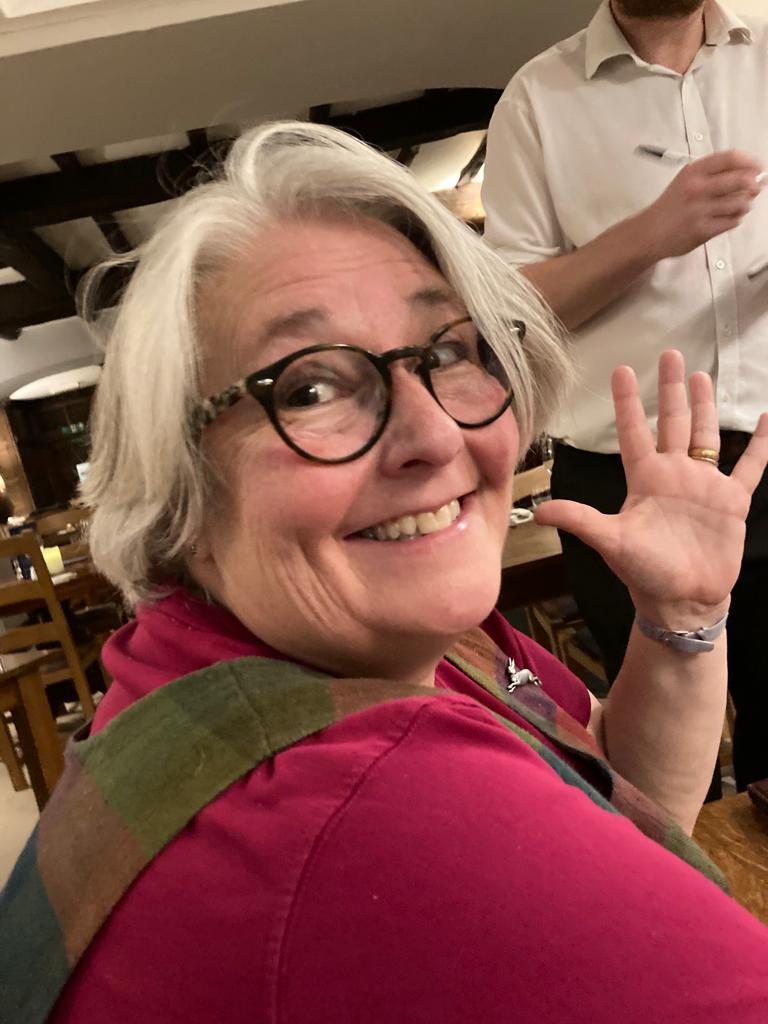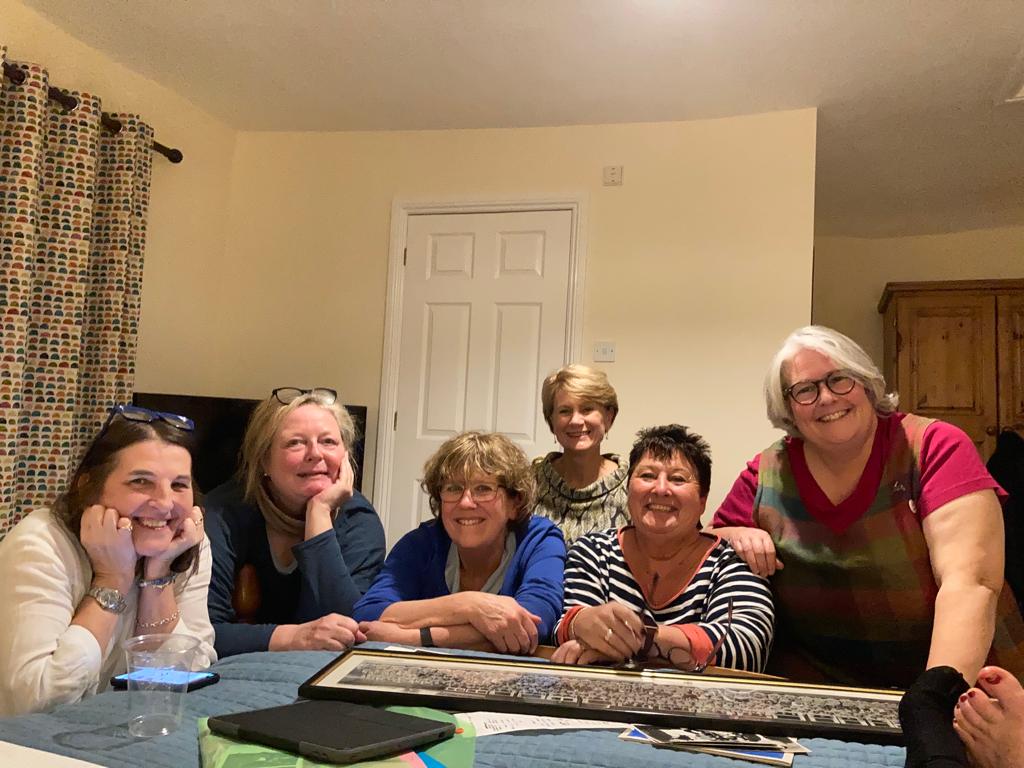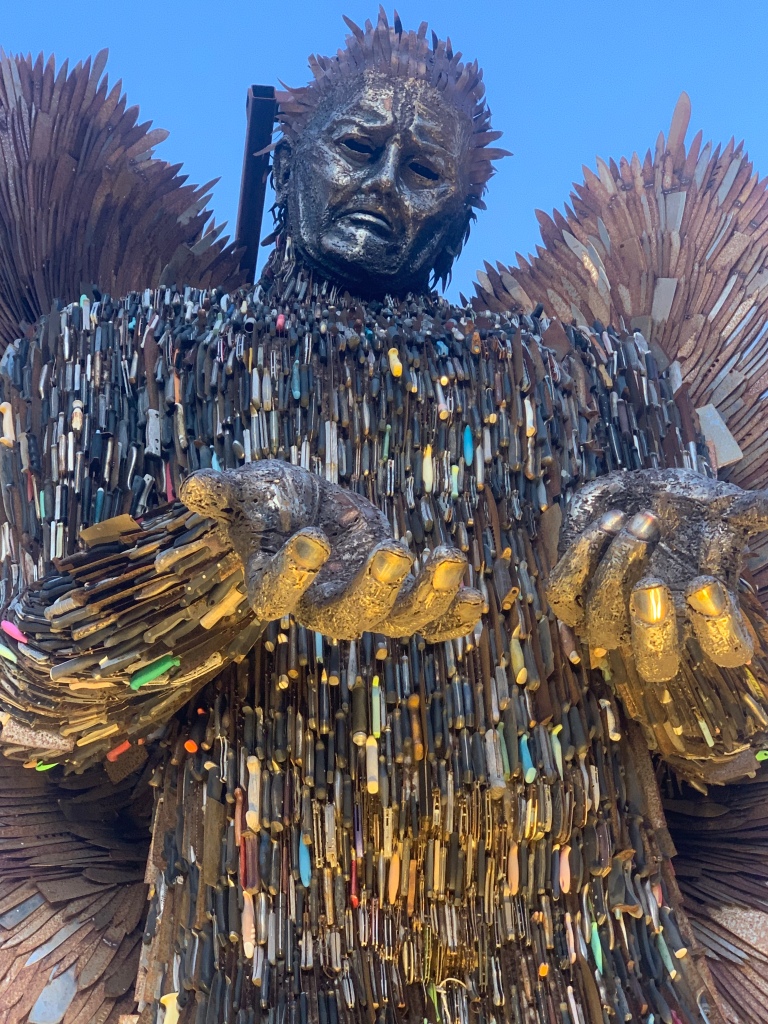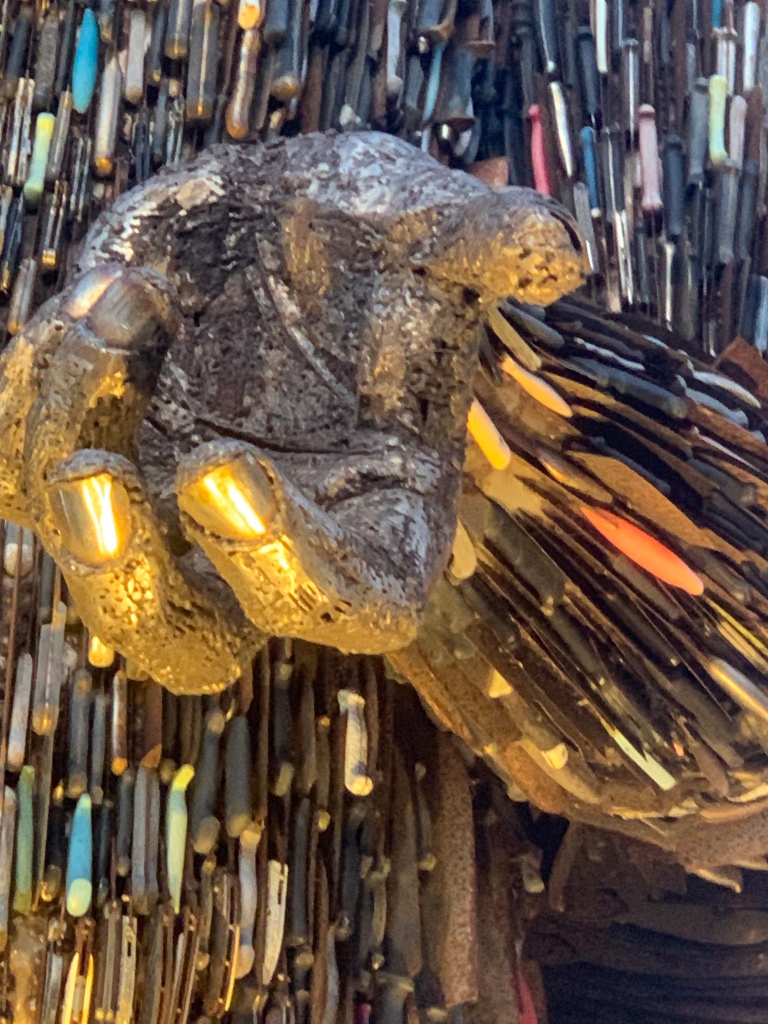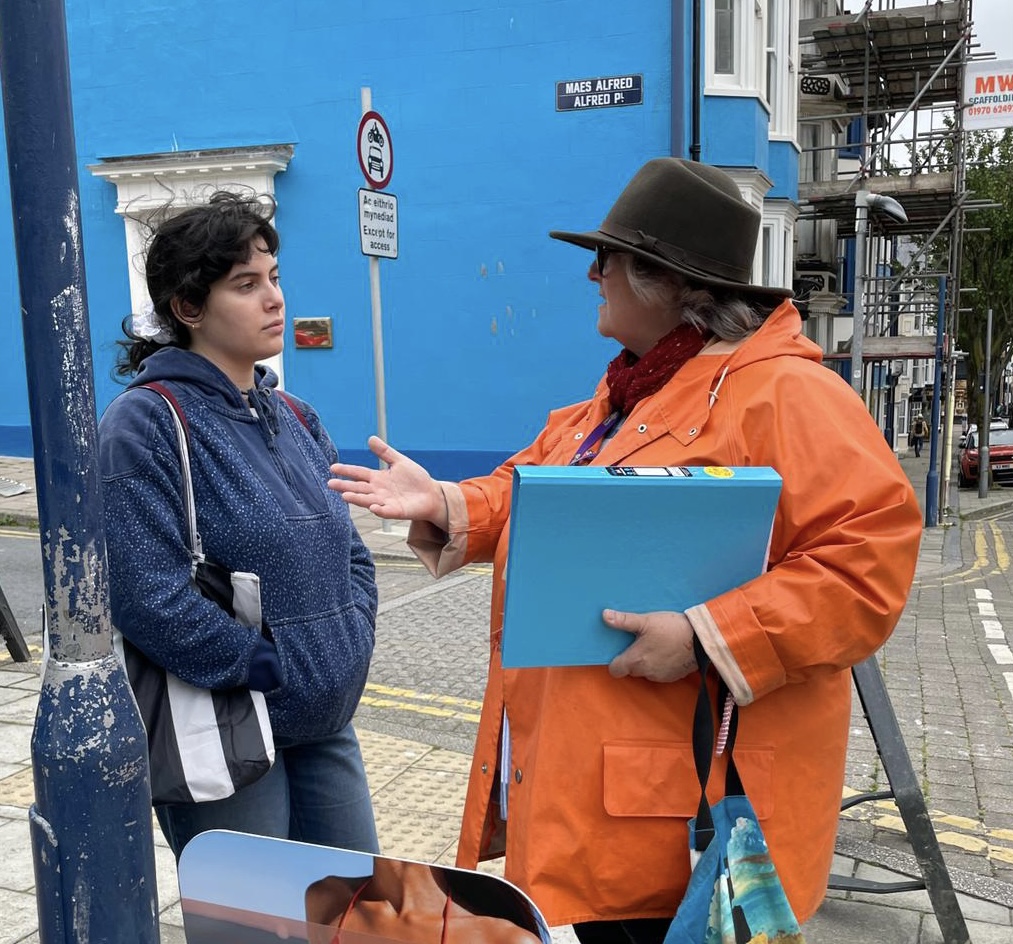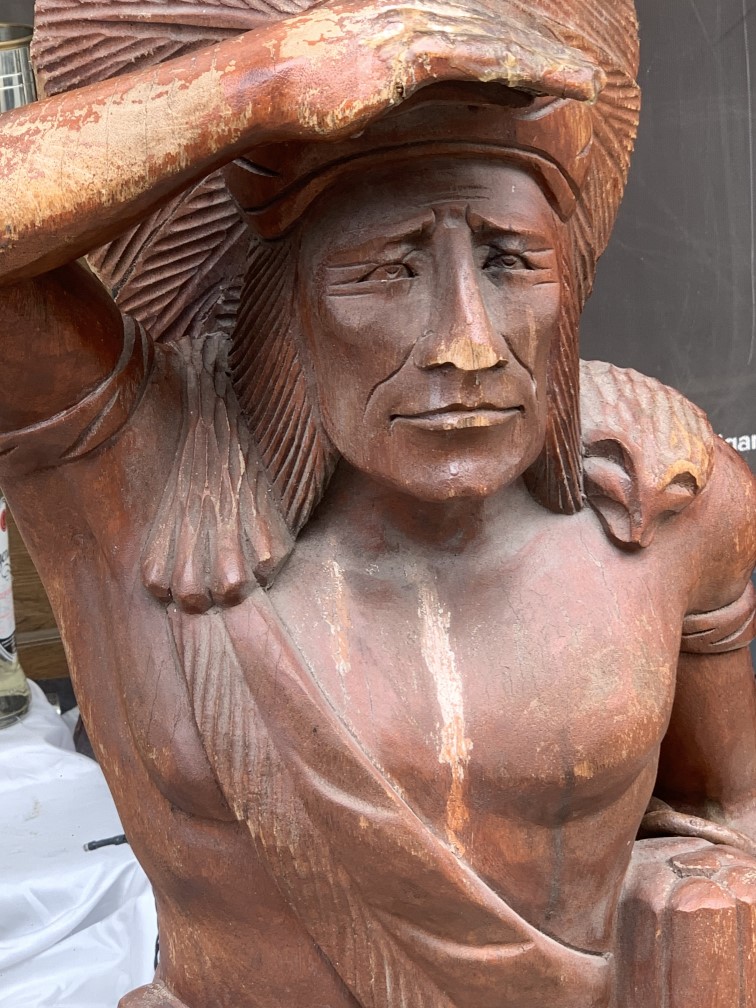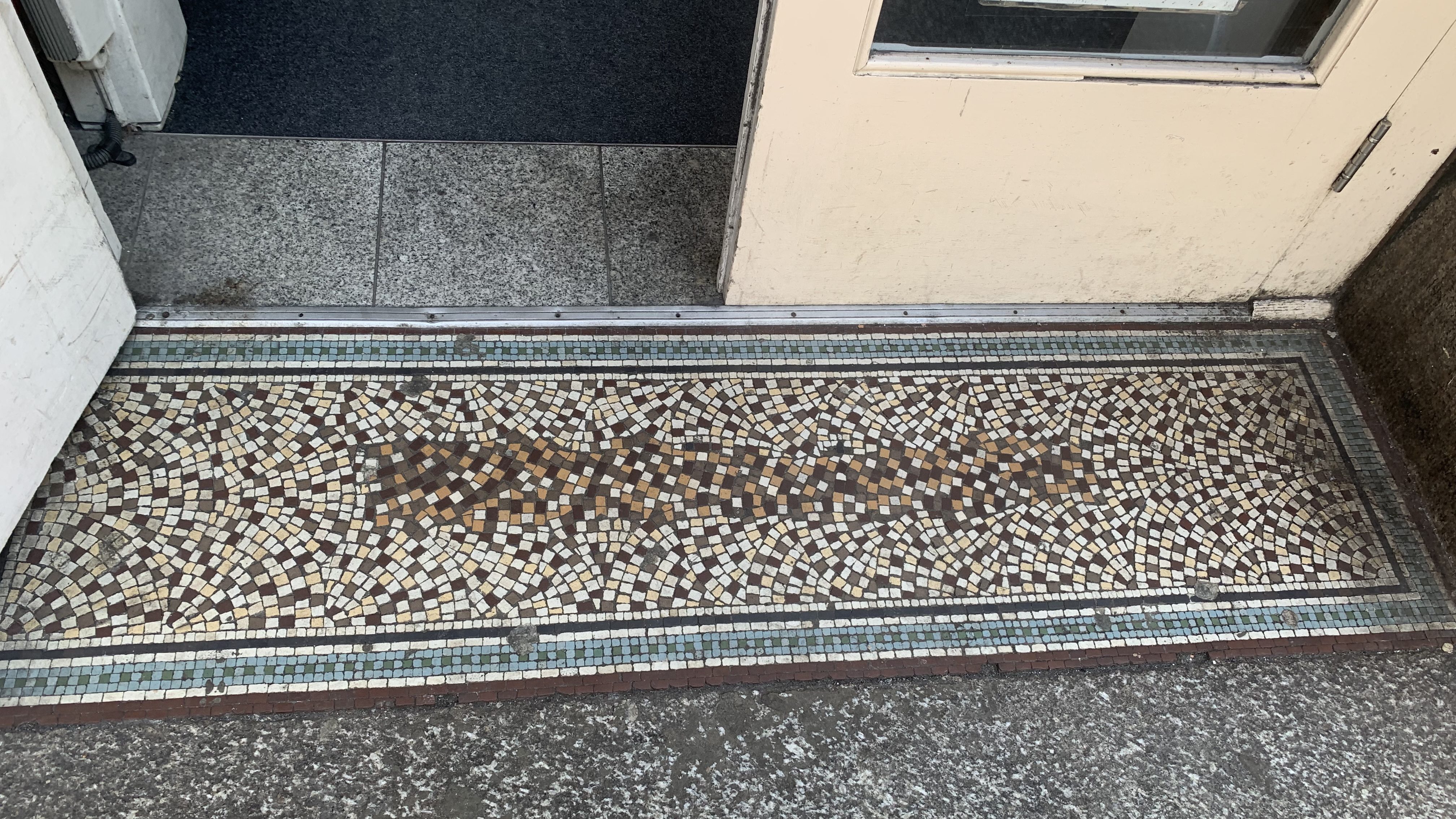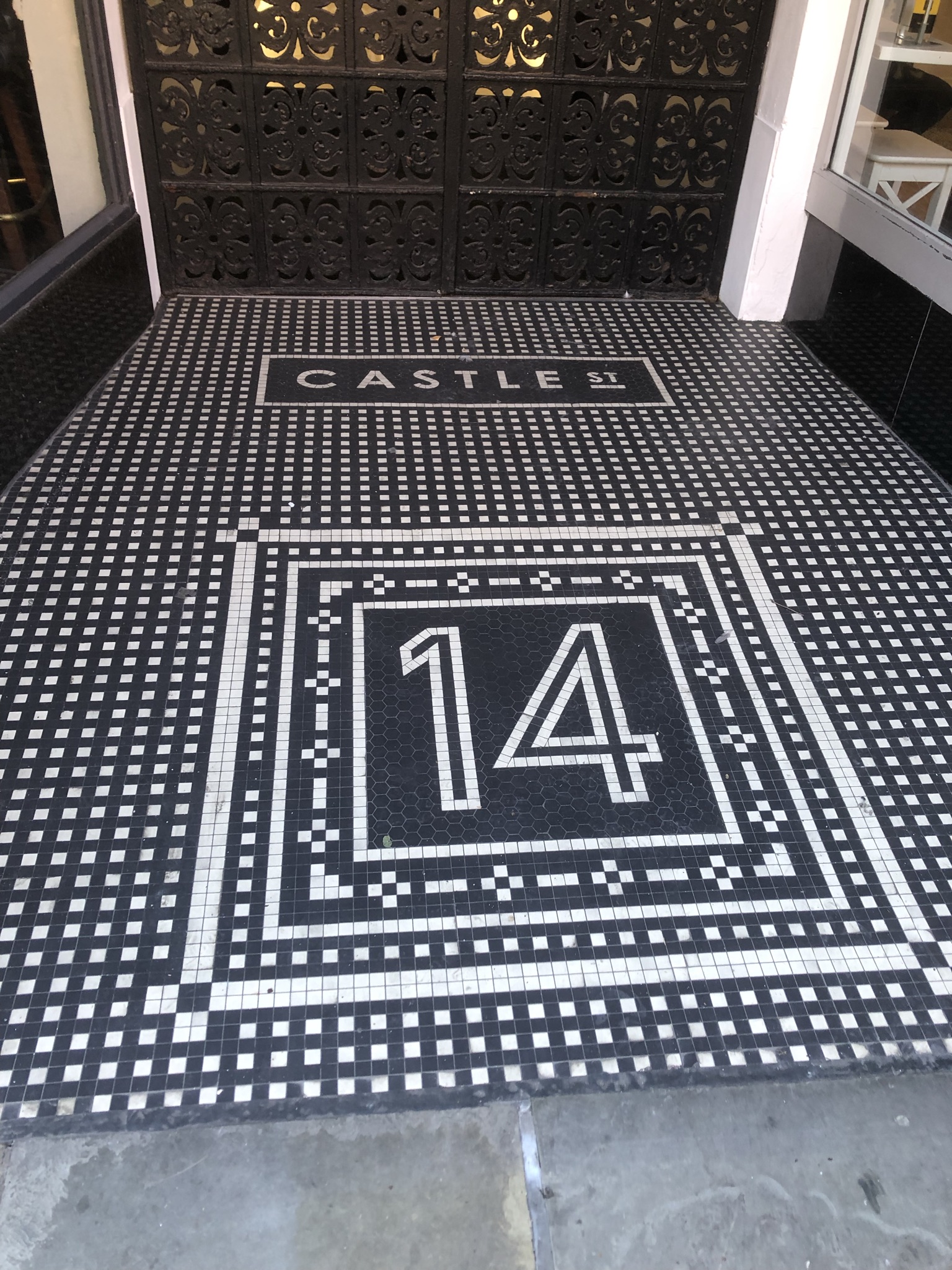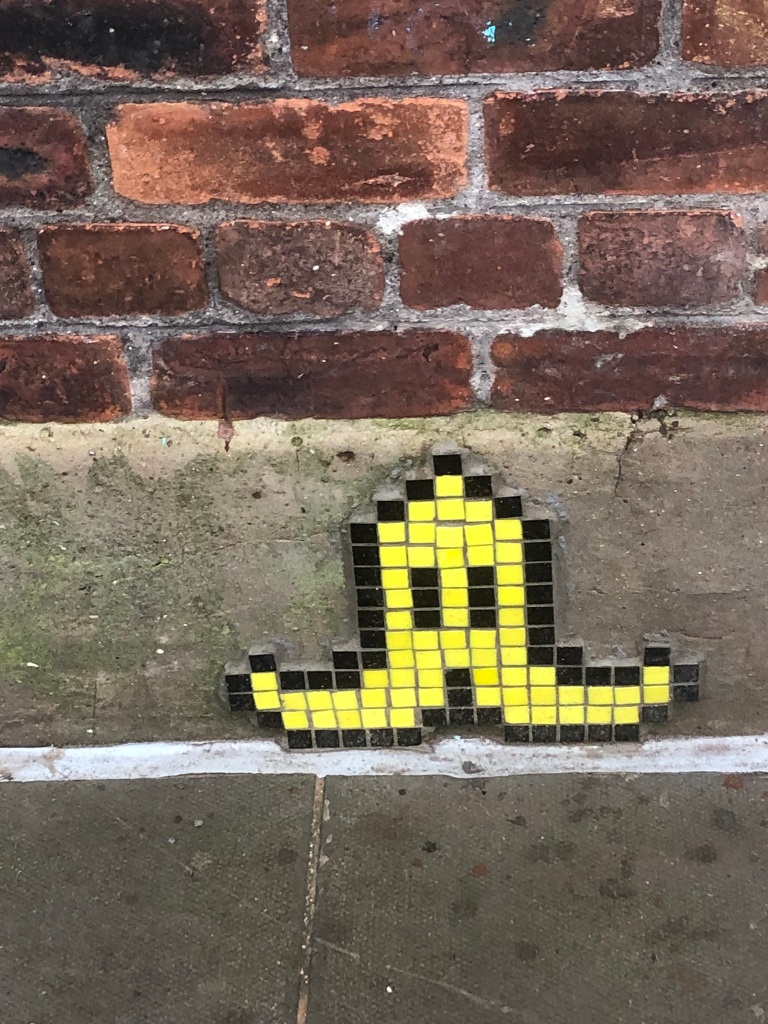
The instant reply, of course, would be a ‘Cackle of Castertonians’, and yes, we cackled, but I would like to put it out there that it was more like a ‘Care of Castertonians’.
On the weekend of the film ‘Emily’ screening in most local cinemas, a group of ladies on the mature side of the fence (should I say) gathered in the village of their school for a reunion after 45 years and to see Bronte house. Why leave it so long you might ask? We’ve all been busy bringing up families and living all over the world!
What goes on in the mind before these occasions? Don’t do it; Is it useful raking up the past? Will I remember anyone? We all think it. And yes, there were fleeting moments of those thoughts, but just look at the eyes- the eyes never change and as we laughed and cried, great compassion and care rested beneath us like a hammock.
It was a poignant time really; our school has been taken over by boys and our house name has been changed- that’s a shock for school that was founded for clergy daughters; for ‘two-pins’ Mrs. Garner would turn in her grave.

We met by the Blue Door and were given a grand tour of the school by Arabella and Daisy; adorable girls proudly sporting their prefects’ badges – ahem, some of us didn’t stay prefects very long! What a change; we all hunted for symbols of our past, the grandfather clock where we were told to stand next to at night as a punishment for talking at night; yes, it was still there; the carols in the front hall, the red corridor, and the blue door. The sticky buns and hot chocolate at break time- that draughty lean-to conservatory and it is still as draughty! The entry into the dinning room brought back food horrors! Best move on with that, sausages and marmalade were mentioned many times.

Conversation turned from Guinness posters adorning the dorm walls to wrapping a mars bar in a wet cloth to make it go moldy so it could be sent back to Cadburys for a free box of choccies, to writing to double glazing businesses so that we could get more post. The conversation flowed to Domestic Science, teachers, ‘did they really?’ and friends who are no longer with us; visiting the dorms and day rooms was particularly poignant. I am glad to say the school looks a healthy, thriving, happy school!
Three of us popped in the back of Pippa’s land Drover for a bumpy ride to Devil’s Bridge to join the others for a mug of builder’s tea in the sun and oh my, did the fells look beautiful. Aged 15, I scuba dived at Devil’s Bridge and found a shopping trolley under that deep dark ravine.

A walk up the back path into Kirkby-Lonsdale to find the sweet shop in the Square that we so looked forward to visiting with our meagre pocket money- it is still there! Midge bought a Lucky Dip bag! Conversations ebbed and flowed, we all listened to each others’ stories and appreciated the journeys we had all made; many difficult, but those girls of 15 were still there, still sparkling, and the years melted away.
Before supper, was like gathering back in the dorms, photographs splayed all over the bed and the long roll photo of the entire school was useful to paw over and reminisce, prompting stories, cackling, hilarity, gossip, and sadness. This was all fed with crisps and alcohol- midnight feasts came to mind. Supper ebbed and flowed and ebbed again and deep connections formed as friendships were rekindled and moved on. What a privilege it was and how sad that some of us who had planned to come, couldn’t make it.
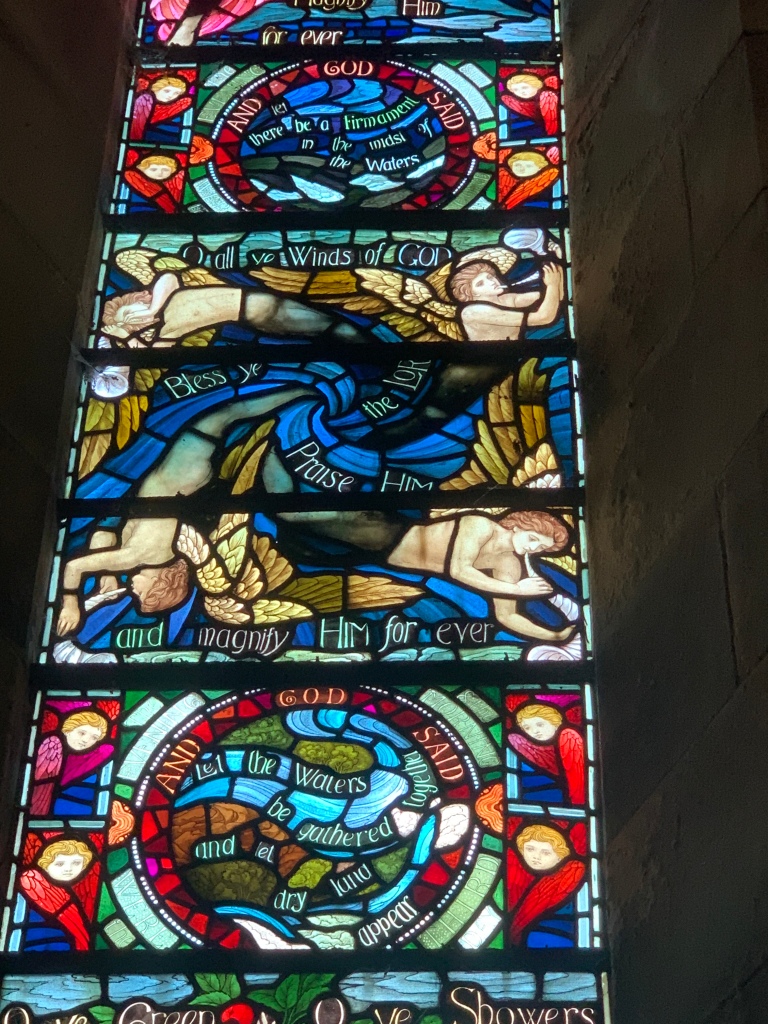
On a stunning Lakeland autumnal sunny Sunday morning it all started again with walks around Old Hall, the Science labs and pitches and Tom Penny’s simple gravestone; inhaling the crisp fell air we realized how lucky we were. A two-minute silence and a visit to the church as part of Remembrance Day which had been so central to our lives, with Henry Holiday’s beautiful Arts and Crafts stained glass window. We left our remembrance poppies in the Poppy Tree as part of the Remembrance weekend, just as we used to.


Aside of education, we all felt that Casterton really shaped us into who we are today; those really important formative years gave us resilience, tolerance, and comradeship, the values we share today. Perhaps the school motto of ‘One Heart, One Way’ did just that.
Next year it is the schools 200th– do we acknowledge this and meet again?
Let me finish with a series of numbers – 1.4.2.5.3.6; those who know, will know! Thanks for the memories, ladies.
Thanks to those who supplied great photos, particularly Mandy. and thanks to The Pheasant Inn for being so patient.
In case you are wondering we are…Ali Hall, Ali Grey, Mandy Turner, Pippa Sedgewick, Claire Bromley, Jenny Smith, and Hazel Shaw
